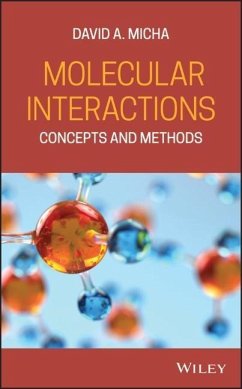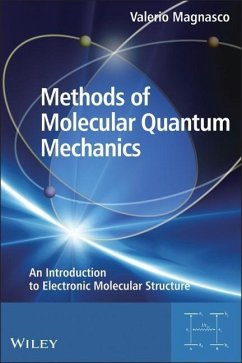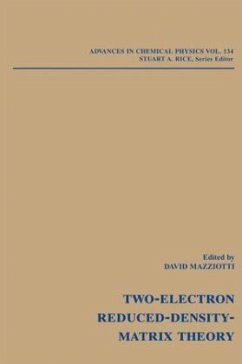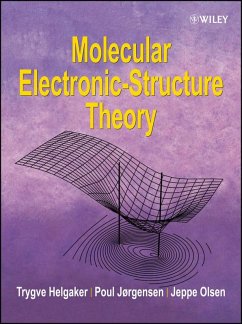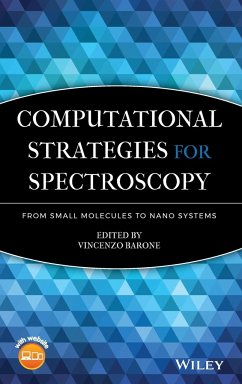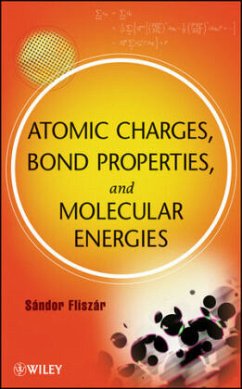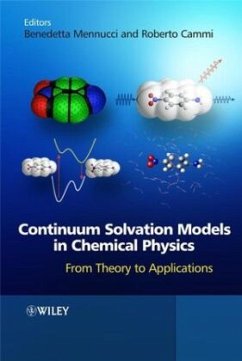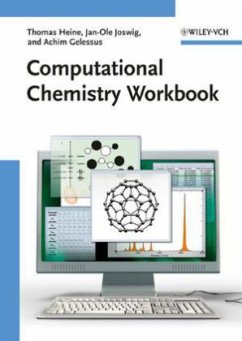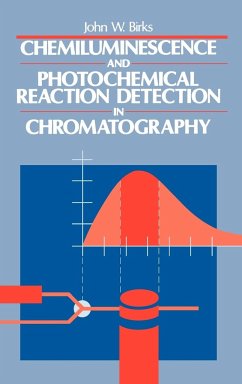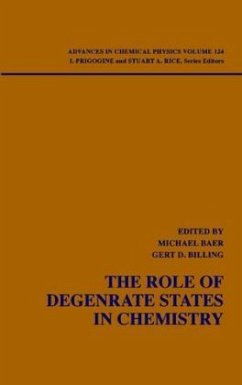
Discovering Chemistry
Versandkostenfrei!
Versandfertig in über 4 Wochen
89,99 €
inkl. MwSt.
Weitere Ausgaben:

PAYBACK Punkte
45 °P sammeln!
This book explores chemical bonds, their intrinsic energies, and the corresponding dissociation energies which are relevant in reactivity problems. It offers the first book on conceptual quantum chemistry, a key area for understanding chemical principles and predicting chemical properties. It presents NBO mathematical algorithms embedded in a well-tested and widely used computer program (currently, NBO 5.9). While encouraging a "look under the hood" (Appendix A), this book mainly enables students to gain proficiency in using the NBO program to re-express complex wavefunctions in terms of intui...
This book explores chemical bonds, their intrinsic energies, and the corresponding dissociation energies which are relevant in reactivity problems. It offers the first book on conceptual quantum chemistry, a key area for understanding chemical principles and predicting chemical properties. It presents NBO mathematical algorithms embedded in a well-tested and widely used computer program (currently, NBO 5.9). While encouraging a "look under the hood" (Appendix A), this book mainly enables students to gain proficiency in using the NBO program to re-express complex wavefunctions in terms of intuitive chemical concepts and orbital imagery.



